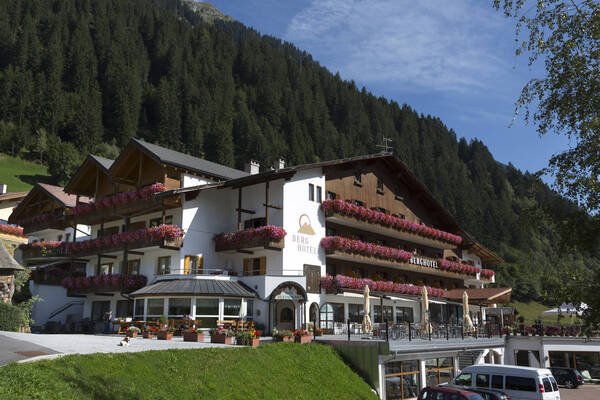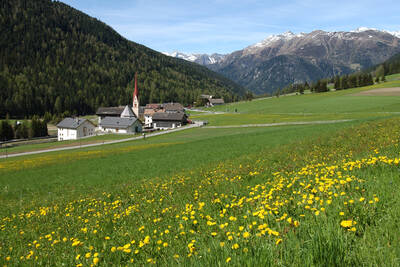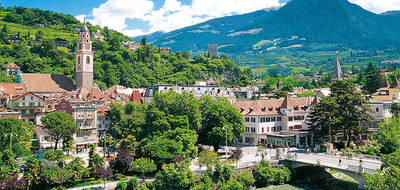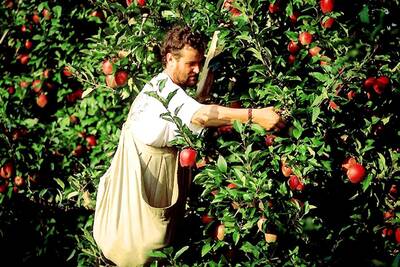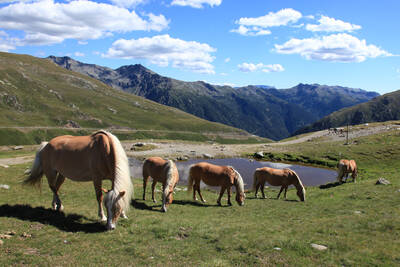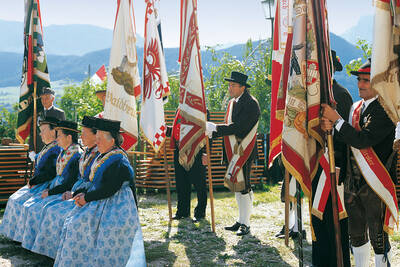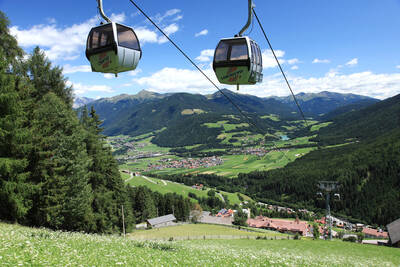The history of bread is very old and began 8000 years ago. At that time, people collected cereal seeds and mixed the roughly ground grains with water, which then produced an extremely nutritious porridge. It was only later discovered that it was possible to bake flatbreads between hot stones. The first ovens were invented by the Egyptians, who were already producing loaves of bread around 3000 BC.
Inquired: Why South Tyrolean bread specialties are something very special
Along the Etsch river, the first wild forms of cereals appeared around 4500 BC. Around 2250 BC, cereal varieties such as emmer or spelt also reached the region. The climate was optimal for resistant plants, so buckwheat, oats, and barley took hold in South Tyrol. Today, rye is also very important in this region and is mainly grown in the Puster Valley and Vinschgau. Initially, baking bread was very laborious, so it was produced in larger quantities and it was important for it to have a long shelf life. For this reason, it was dried, giving rise to the so-called schüttelbrot.
South Tyrolean bread specialties
South Tyrolean schüttelbrot is an essential part of a snack with smoked sausages, bacon, and cheese. It is a crispy, hard flatbread made from water, rye flour, salt, and yeast. The bread gets its particularly spicy flavor from the addition of fenugreek, coriander, anise, fennel, and caraway. All of these ingredients are kneaded into a dough and then shaped by shaking. It is then baked in the oven and remains durable for a long time. The way it is eaten is also very interesting: It is placed on the table with the flat side up, and then it is hit with a fist. The bread is available in various variations such as mini or XXL bread, or with sunflower seeds or sesame. Another typical type of bread is the Vinschgau Paarl, with the oldest form being the "Ur-Paarl," which was mainly produced in the monasteries. For this, two flat loaves are combined into a pair, with the dough consisting of light and dark rye flour, wheat flour, water, salt, caraway, anise, and bread clover. The original recipe comes from the Benedictine monks of the Marienberg monastery, and the typical ovens can still be found on the mountain farms where the bread was baked. To dry it, it was hung in the so-called "Hurt," an open wooden box with various compartments. The Vinschgau Paarl is definitely a part of a hearty Vinschgau snack or a delicious Vinschgau bread soup.
 How do you like the content of this page?
How do you like the content of this page?
Please give us your feedback!
Recommended accommodations
Vacation Offers








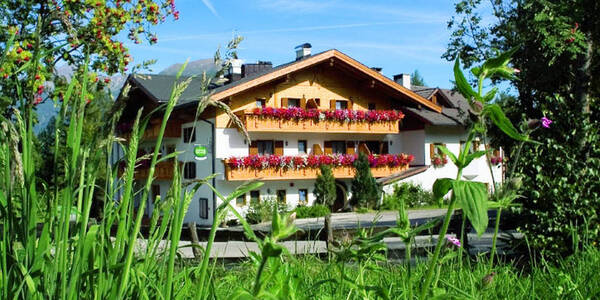



 notice
notice





